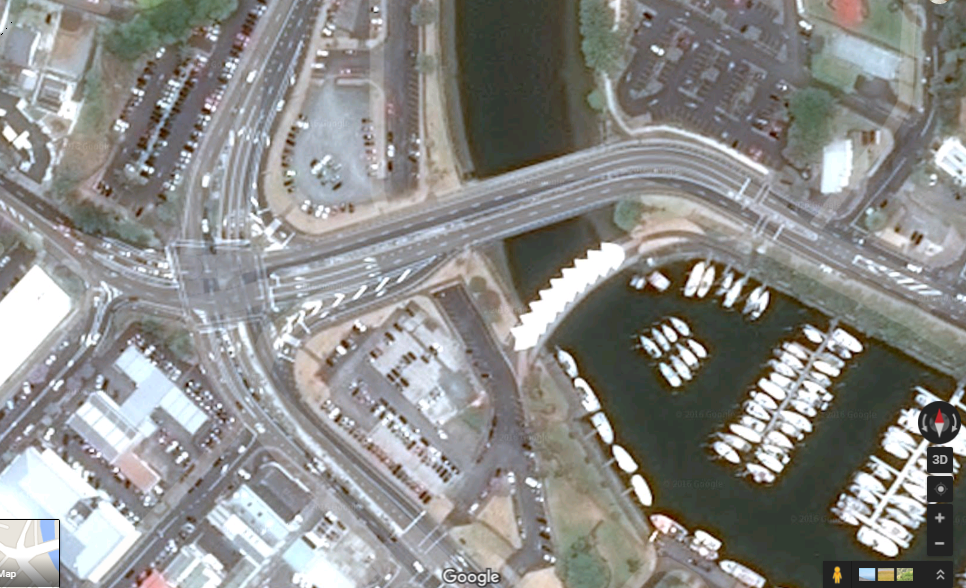Phone Vince on: 021 438 952
April 20 - The Traffic Trap

Have you ever watched cars drive through red lights only to then be stuck in the middle of the road? Or how about watching the lights do three changes before you get to go through? This is only part of what congestion means on Whangarei’s traffic network.
It’s not Whangarei alone which has this problem, it is a worldwide problem among many growing cities. So what causes it? Bad management by councils? People in a hurry? In this blog I will try to remove the mystery as to why congestion happens.
There are three main factors for congestion within the roading network. The factors are people, road capacity, and available space. Many people argue that if we widen the road or make the traffic lights phase better we can get the traffic through faster. Unfortunately, it is not that simple.
Humans have a big part to play with congestion, as drivers we tend to follow a normal routine and as population grows so does the number of drivers on the road which in turn means more vehicles travelling the same path and a road which once only had a few cars on it now ends up being a motorway. Humans also have accidents and these accidents statistically are caused by fatigue. So should we change our routine to fix the problem? Unfortunately no. For engineers to design better networks they need to know where the main flows are and therefore solve the congestion problems.
Which brings me to the next part, road capacity. A two lane road (one lane in each direction) has a certain number of vehicles it can take per hour. Intersections slow the flow of the traffic just like a tap changes the flow of water along a pipe. When construction work happens on these roads, the traffic flow is also changed and congestion again happens.
However the biggest problem with road capacity is having too many vehicles on the road along with not enough area for the roads to be widened. Sometimes we have to purchase new land or new routes. Upgrades can mean increased road capacity, however not always, as can be seen in Auckland, where increasing the width seems to equal the increase in number of vehicles.
So can we as drivers reduce congestion? Or do we need to wait for the respective Councils/NZTA to do something about the roading network? The answer is both. As drivers we need to be observant of what is happening on the road around us and be patient, along with making sure the respective roading authorities know where the problems are. Remember this is an election year, so make sure your voice is heard.



